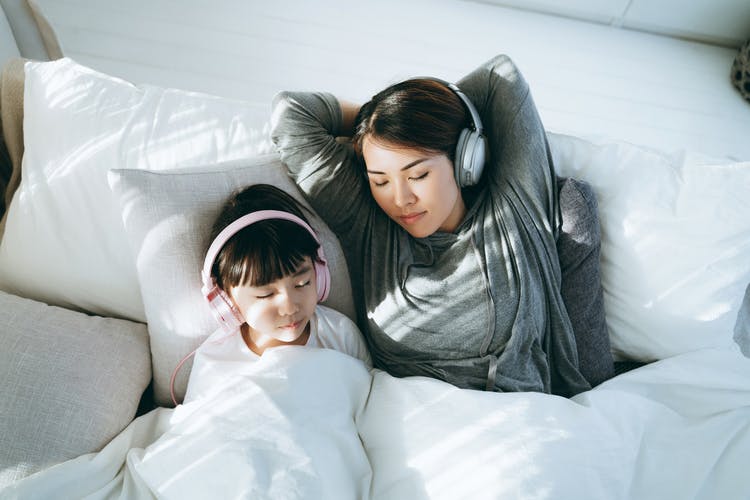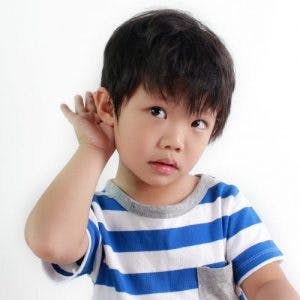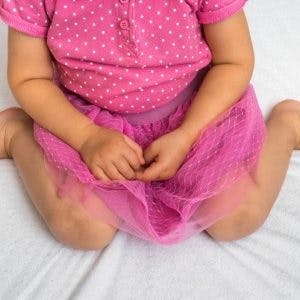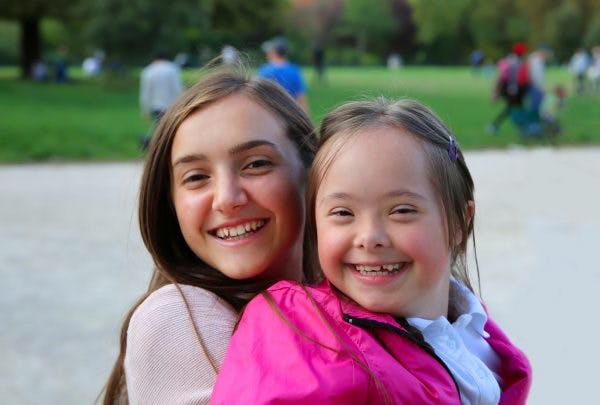Are children with cerebral palsy more prone to behavior problems? Behavior problems like temper tantrums are completely expected and typical in any young child. However, the underlying cause of behavior problems can be different for children with CP.
This article will explain how cerebral palsy can affect your child’s behavior and share ways to effectively resolve problematic behavior.
Cerebral Palsy and Behavior Problems
Cerebral palsy is a motor disability caused by damage to the developing brain. While CP does not directly affect behavior, its symptoms can cause your child to become easily frustrated and act out.
Behavior problems like screaming or being destructive generally don’t occur without reason. Rather, these are typically a response to a child feeling overwhelmed, stressed, or misunderstood.
Let’s go over a few reasons why your child’s cerebral palsy may be affecting behavior.
Oral Motor Impairments
Cerebral palsy can affect many different areas of the body, including the muscles around your mouth that allow you to speak and eat.
Temper tantrums may be the result of feeling misunderstood due to difficulties communicating. Children may get fed up constantly repeating themselves and turn to emotional outbursts to demonstrate their frustration.
They may also become discouraged and avoid communicating. Withdrawn behaviors can be just as challenging to address as more outward behaviors.
Comparing with Peers
Children learn by watching those around them. If a child notices early on that their cerebral palsy makes them different from other kids, they may demonstrate withdrawn behavior.
For example, motor impairments might prevent your child from being able to run around and participate in activities other children are playing. Children may feel that withdrawing gives them more control over their situation, rather than trying to participate with their differences. Socially isolating oneself may seem like the easier solution when compared with the potential of being looked at differently or being unable to fully participate.
Even physical differences (like wearing a leg brace or using a walker) can make your child feel singled out.
Learning Disabilities
Learning disabilities are not directly linked to cerebral palsy, but they do commonly co-occur. In fact, nearly 50% of individuals with CP also have a learning disability.
Learning disabilities can make it difficult for children with CP to process information. However, that does not mean they are incapable of learning. With the appropriate accommodations (like additional time to finish activities or individual attention), children with cerebral palsy can academically succeed.
Due to frustration from comparing their cognitive skills with their classmates, individuals with learning disabilities may also demonstrate behaviors.
Musculoskeletal Pain
Symptoms of cerebral palsy like involuntary muscle contractions, difficulties maintaining balance, and uncontrollable movements can inflict stress on the muscles and joints, causing chronic pain. Children with cerebral palsy may become anxious or develop resistant, tense behavior as a way to express pain.
Parent Interactions
You may not realize it, but your child is constantly watching you. In a lot of ways, children mirror the behaviors and actions they observe in those around them. If your child can sense that you’re stressed out or irritated, they may start to also reflect those emotions.
Managing Behavior Problems in Children with Cerebral Palsy
Now that you understand how physical, cognitive, and emotional challenges can affect one’s behavior, let’s go over ways to address the root causes of many behavior problems in children with cerebral palsy:
- Speech Therapy. Children with oral motor impairments can go to speech therapy to strengthen the muscles around the mouth and improve their speech. Those with more severe motor impairments can learn how to use Alternative and Augmentative Communication (AAC) devices to boost their communication skills.
- Behavioral Therapy. Behavioral therapy can teach your child how to identify when they’re feeling overwhelmed and express their frustration in more effective ways than throwing a fit.
- Psychotherapy. Conversing with a pediatric psychotherapist may help you and your child dig deep, understand their emotions, and deal with them.
- Support Group. Joining a cerebral palsy support group can be a great way for your child to meet other children with cerebral palsy who may be able to relate to their experiences. Support groups can also be a great source of information for parents.
- Physical Therapy. Physical therapy will help children with cerebral palsy improve their mobility through stretching and strengthening exercises. These can help lengthen spastic muscles, maintain range of motion, and manage pain.
- Adaptive Sports Program. Participating in adaptive sports programs can be a great way to improve mobility and socialize with other children.
Problematic Behavior and Cerebral Palsy
It’s important to understand that some behavior problems may not be related to cerebral palsy at all. Even if your child’s motor impairments aren’t what’s causing behavior problems, teaching effective, less volatile ways to communicate is essential.
Behavior problems should become less severe as your child gets older and learns to better express his or her needs. In a safe and supportive environment, your child can learn to identify their emotional triggers and practice better ways to cope.











